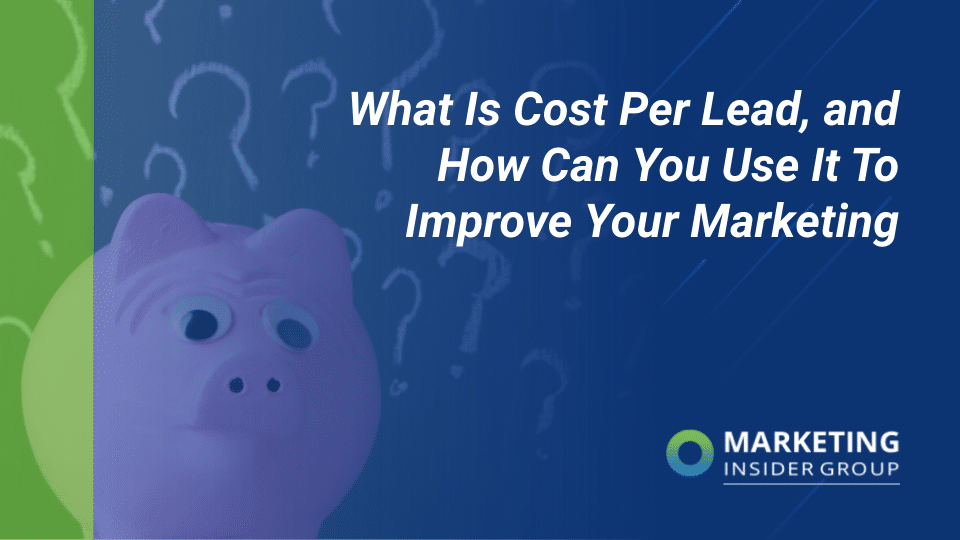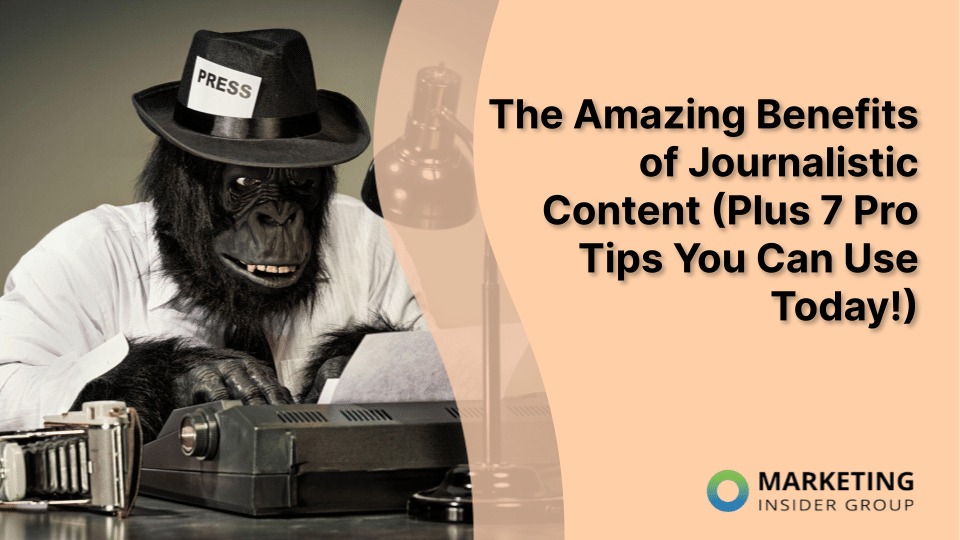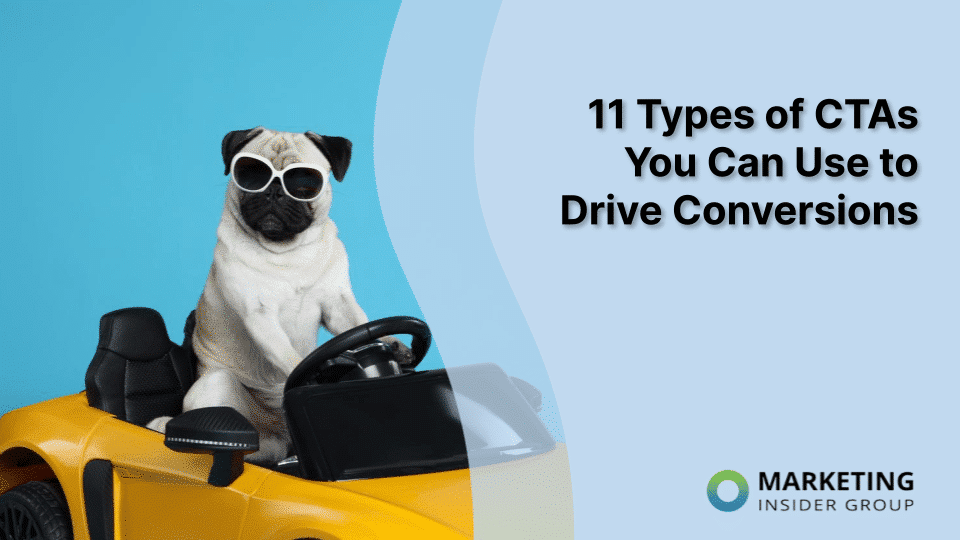
11 Types of CTAs You Can Use to Drive Conversions
Without well-crafted CTAs, or calls-to-action, your website may be a ghost town – visitors wandering aimlessly and unsure of where to turn next. Would you believe me if I told you that 70% of small business B2B websites are missing a CTA?
When you’re armed with a few different types of CTAs, you can guide your site visitors towards making a purchase with the click of a button. Effective CTAs turn browsing into action and prospects into buyers, adding to your digital cash register.
Whether you love them or hate them, solid CTAs are the only way you’ll lure casual visitors towards conversion. And lucky for you, in this post, we’re dropping our favorite types of CTAs so you can get your customers clicking and converting like there’s no tomorrow.
1. Subscribe or Download
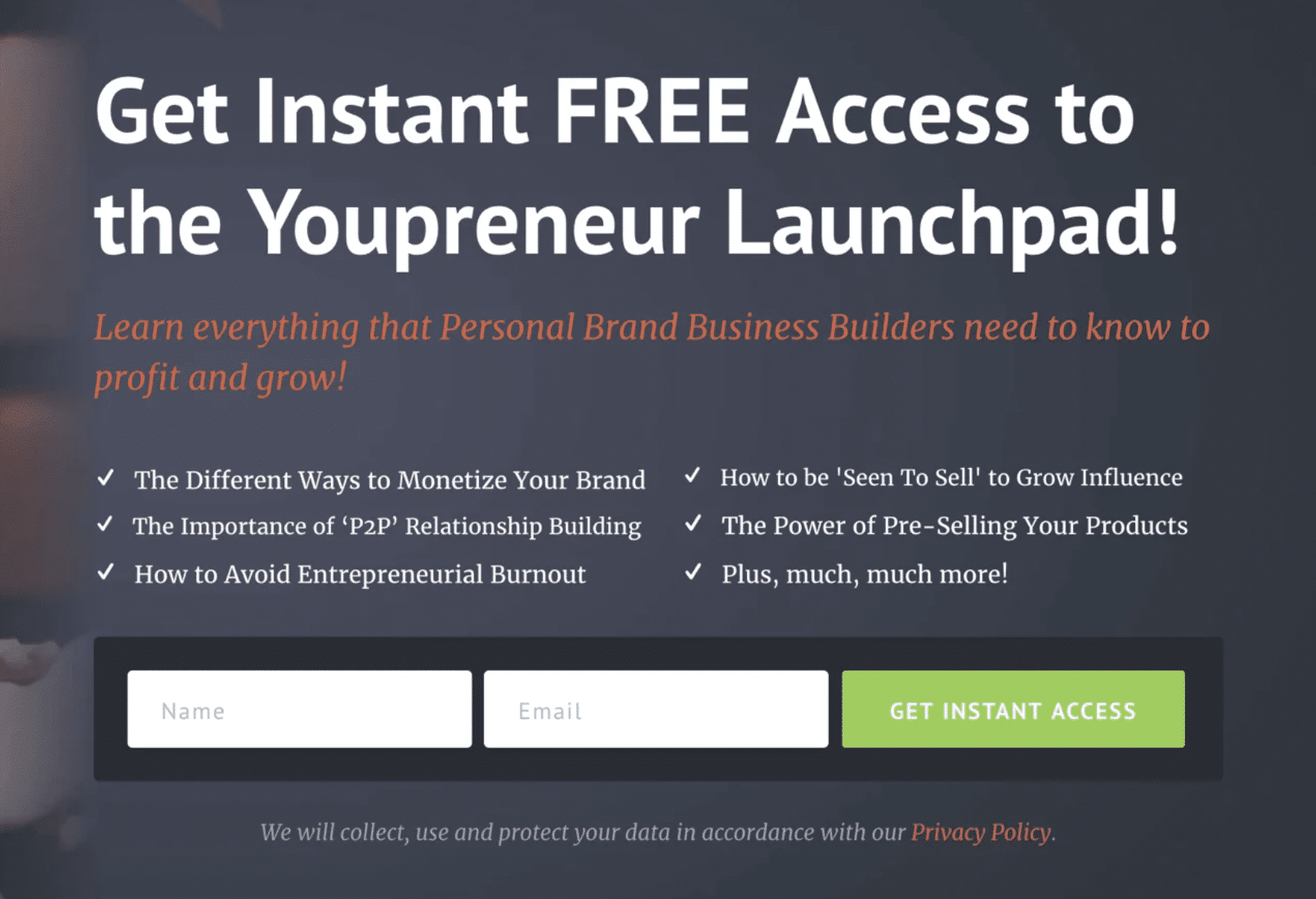
Image Source: GetSiteControl
“Subscribe” or “download” CTAs are mostly used to get site visitors to subscribe to a service or download a resource, like:
- Ebooks
- Whitepapers
- Infographics
- Templates
- Webinars
These types of CTAs are a great way to build an email list and provide users with valuable content. Here are some examples of our favorites:
- “Get Your Free Ebook Now!”
- “Subscribe and Stay Informed”
- “Download Your Free Guide Today!”
- “Join Us and Get Exclusive Content Every Week”
Regardless of what you’re offering, the key here is to make your CTA compelling and to clearly communicate the value that the user will receive.
2. Forms
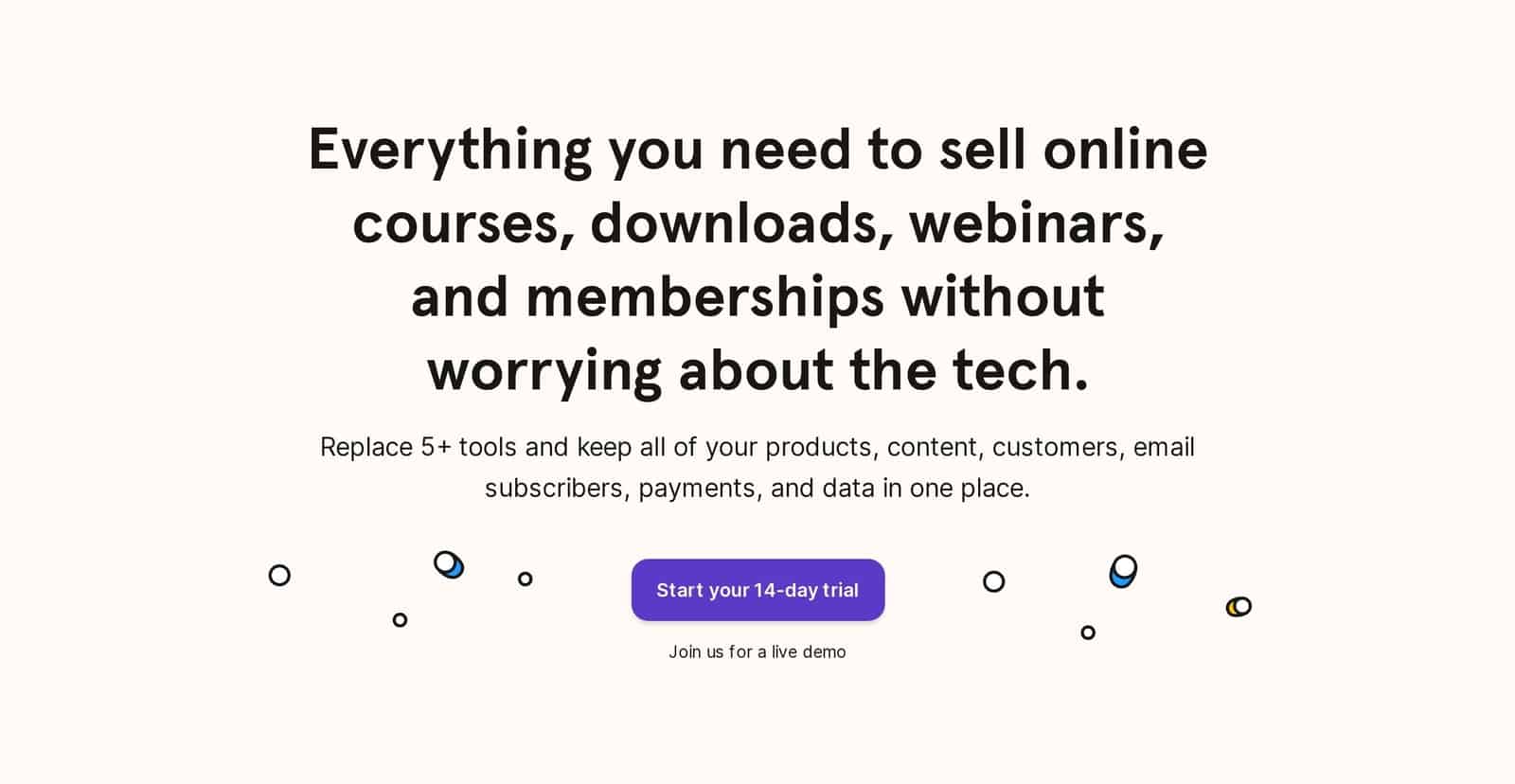
Image Source: Nice Very Nice
The “Form” CTA is used by businesses to collect information about their site visitors. When a user fills out a form, they typically provide personal information, like their:
- Name
- Email address
- Job title
- Company name
This information is super important for businesses since it allows them to build a database of potential leads. It also lets them send personalized CTAs, which convert 42% more visitors than untargeted CTAs.
The form might be used to sign up for a newsletter, download a resource, request a demo, or even ask a question or provide feedback. Here’s a few specific examples:
- “Sign Up for Our Newsletter”
- “Request a Demo”
- “Start Your Free Trial”
- “Get a Free Quote”
The key to a successful “Form” CTA is to make it as easy and quick as possible for users to complete – while also making sure they understand the value they’ll get in return for their contact information.
3. Read More or Learn More
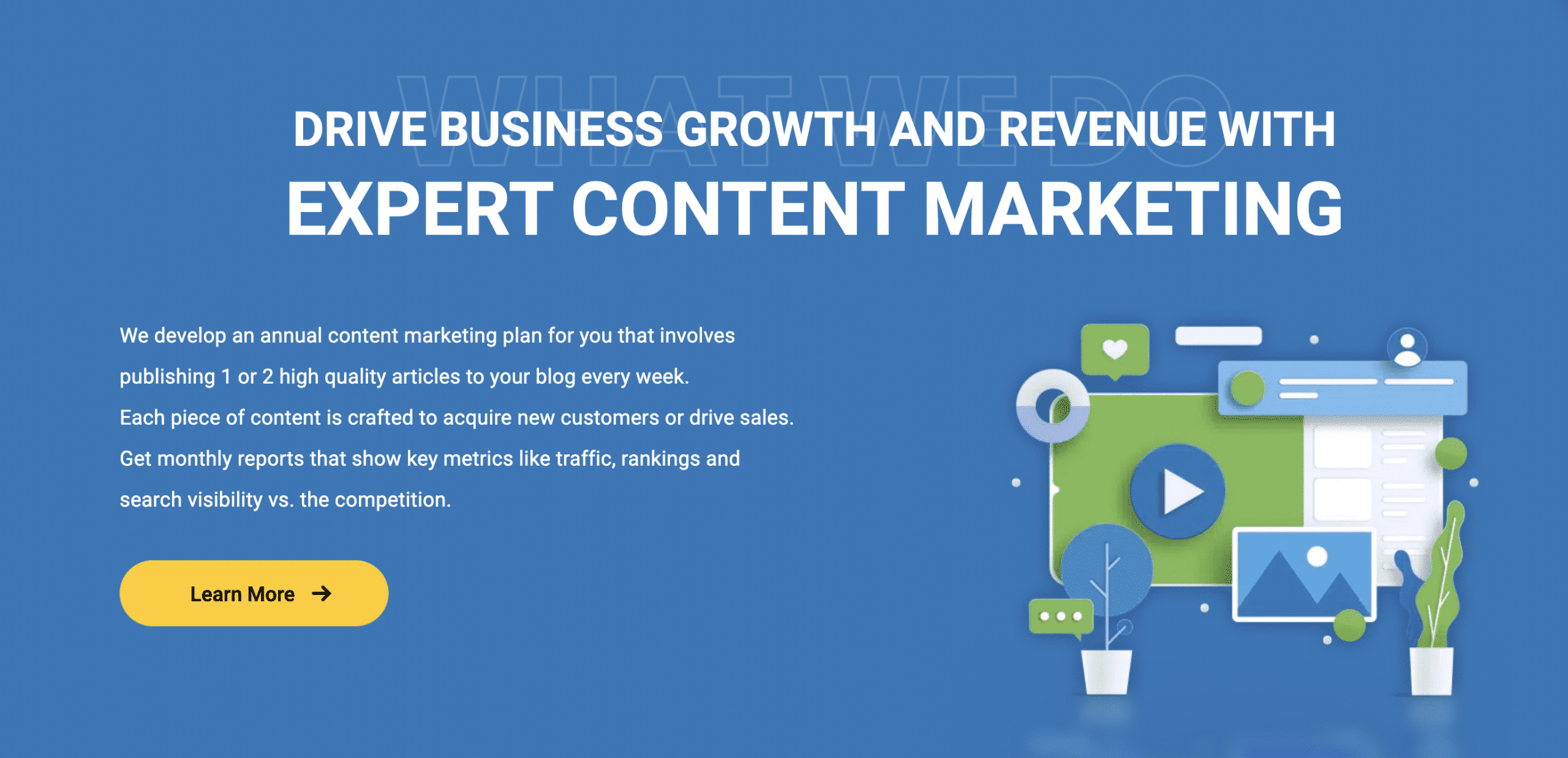
The “Read More” or “Learn More” CTAs are used to guide visitors to more in-depth information about a specific topic, product, or service. They’re a way of offering additional information without overwhelming visitors with too much text or details upfront.
These types of CTAs might be used in a preview or excerpt of a blog post:
- “Read the Full Story”
- “Learn More About Our Process”
- “Discover the Benefits”
- “See How It Works”
“Read More” or “Learn More” CTAs should always link to high quality, useful content. It’s also important to place these types of CTAs strategically so they’re easy to find and seem like a natural next step for readers.
4. Social Sharing

Image Source: DivvyHQ
A “Social Sharing” CTA encourages users to share a piece of content, like a blog post or a product page, on their own social media platforms.
When people share content with their own networks, it serves as an endorsement of that content to their followers. This makes it more likely that others will engage with the content, and even to share it further with their own networks.
These types of CTAs can take many forms:
- “Share This Post”
- “Spread the Word”
- “Help Us Grow by Sharing”
- “Like, Comment, and Share”
For “Social Sharing” CTAs to be effective, it’s important to make it as easy as possible for users to share your content with things like social media plugins.
It’s also key to create high quality content that your audience will want to share. Because at the end of the day, people want to see content that they find valuable, entertaining, or interesting.
5. Sign Up
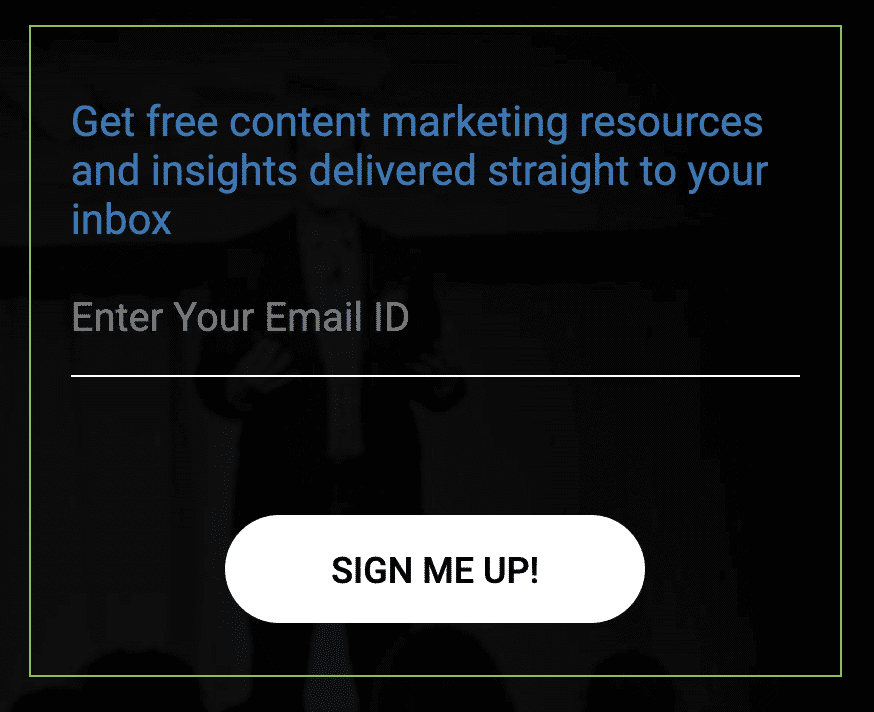
This type of CTA urges users to sign up for a service, newsletter, or event. The main goal is to build a community, grow your audience, and increase engagement.
“Sign Up” CTAs can be placed on homepages, at the end of blog posts, in promotional emails, or on landing pages. According to a recent survey, long layout landing pages with multiple CTAs can score up to 220% more leads. Here are some examples of what we’re talking about:
- “Sign Up for Free”
- “Join Our Community”
- “Get Started Today”
- “Become a Member”
These types of CTAs should always focus on value. This could mean highlighting the benefits of a service, the quality of newsletter content, or the value of an event. And remember, they should be quick and easy to complete, too, to remove any conversion barriers.
6. Free Demo or Free Trial

“Free Demo” or “Free Trial” CTAs let potential customers experience your products or services without any commitment.
These types of CTAs work because they minimize the perceived risk for the customer. They can try out the product or service without having to reach into their pockets. This way, businesses can showcase the value of what they’re offering and build trust with potential customers.
This technique is very popular in the software and services industry, but can be applied in many contexts:
- “Start Your Free Trial Now”
- “Try Us Free for 30 Days”
- “Get Your Free Trial”
- “Request a Free Demo”
When using these types of CTAs, be sure that your demo or trial truly showcases the value of your products or services. It’s also important to provide superb customer service to heighten your chances of converting trial users into paying customers.
7. Lead Generation
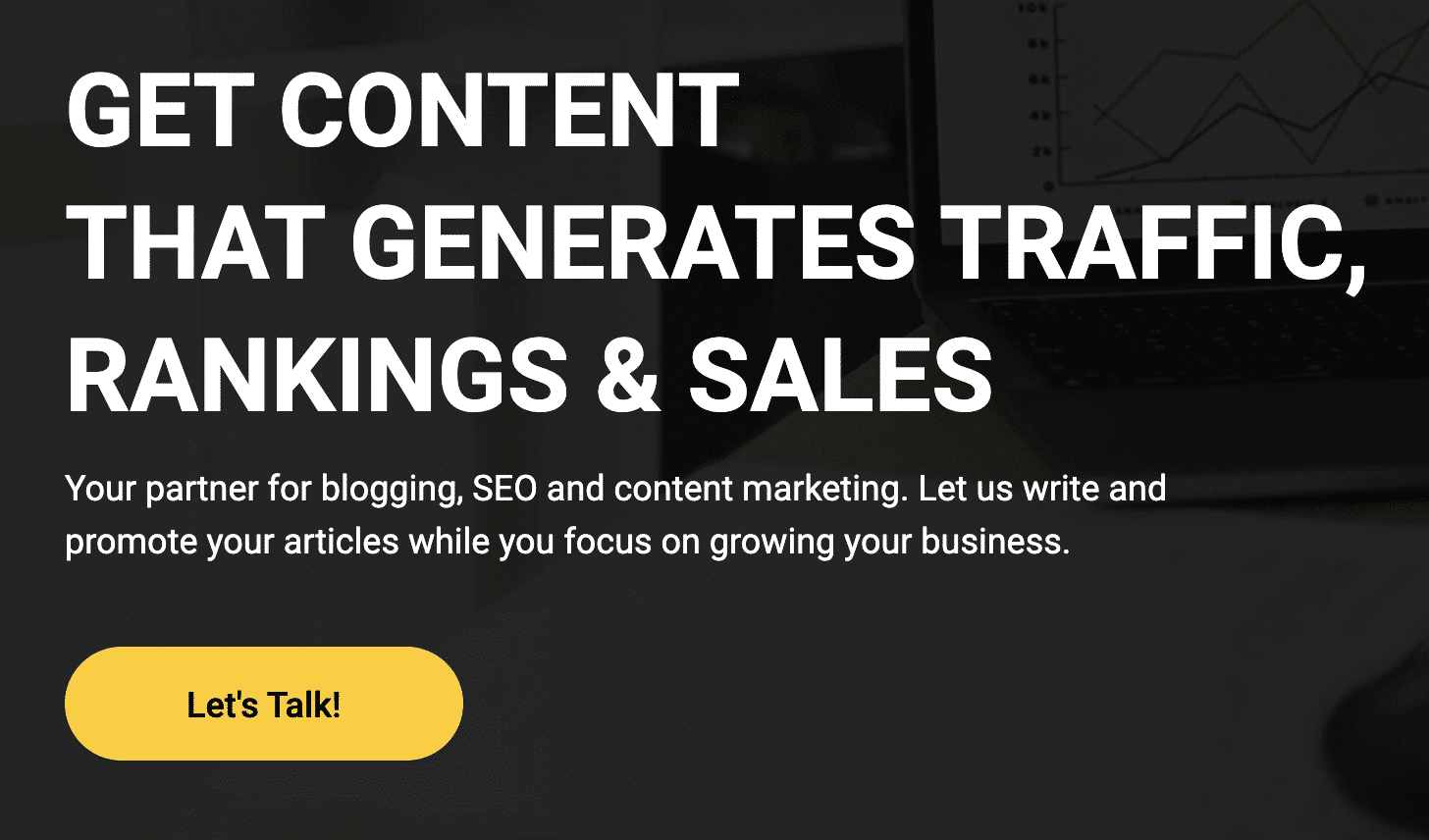
“Lead Generation” CTAs urge users to share their contact information, turning them into potential leads for your business. These are a key component of any digital marketing strategy, especially in the world of B2B.
This type of CTA should be associated with some kind of value proposition to incentivize the user to provide their information. This could be a free trial, discount code, or even just the promise of future updates or information:
- “Download Our Free Ebook”
- “Start Your Free Trial”
- “Sign Up for a Consultation”
- “Get A Free Quote”
When using “Lead Generation” CTAs, be sure to handle user information responsibly and respect their privacy. This will help build trust and make users more likely to engage.
8. Product or Service Discovery
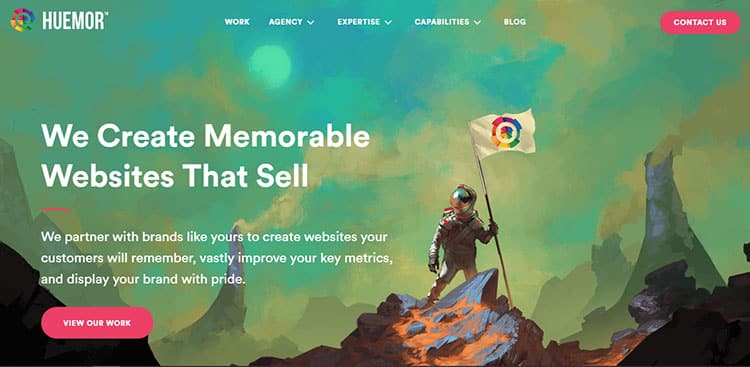
Image Source: Huemor
“Product” or “Service Discovery” CTAs guide visitors to explore your different products or services. They help potential customers understand what your company offers and how those offerings can meet their needs or solve their problems.
These types of CTAs are usually featured on homepages or landing pages to show visitors relevant products or services. They’re also sometimes included on product category pages to guide users towards specific products within a category:
- “Explore Our Collection”
- “View Our Services”
- “Learn About Our Process”
- “Meet Our team”
Remember, these CTAs need to be clearly visible, concise, and intuitive. They also need to lead to valuable information that helps visitors better understand your company’s offerings.
9. Newsletter Subscription
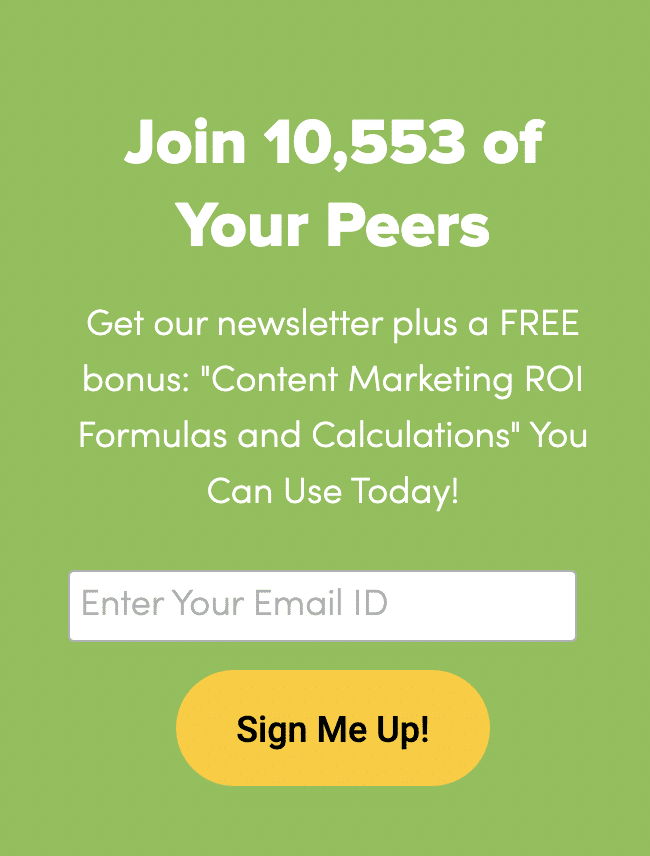
“Newsletter Subscription” CTAs urge site visitors to sign up for your business’s newsletter. This gives you a direct route to:
- Communicating and keeping in touch with your audience
- Providing regular updates
- Delivering valuable content
Newsletters also help build a sense of community and engagement with customers and prospects.
This type of CTA is best placed in a prominent spot on your website, like the header or footer, or it could appear in a pop-up window:
- “Stay Informed with Our Weekly Newsletter”
- “Get the Latest News and Updates”
- “Don’t Miss Out – Subscribe Today”
- “Get Exclusive Deals and Offers”
To make sure this CTA is effective, make sure you clearly communicate the value users will get from subscribing to your newsletter. This could mean promising valuable insights, exclusive deals, or regular updates.
10. No Risk
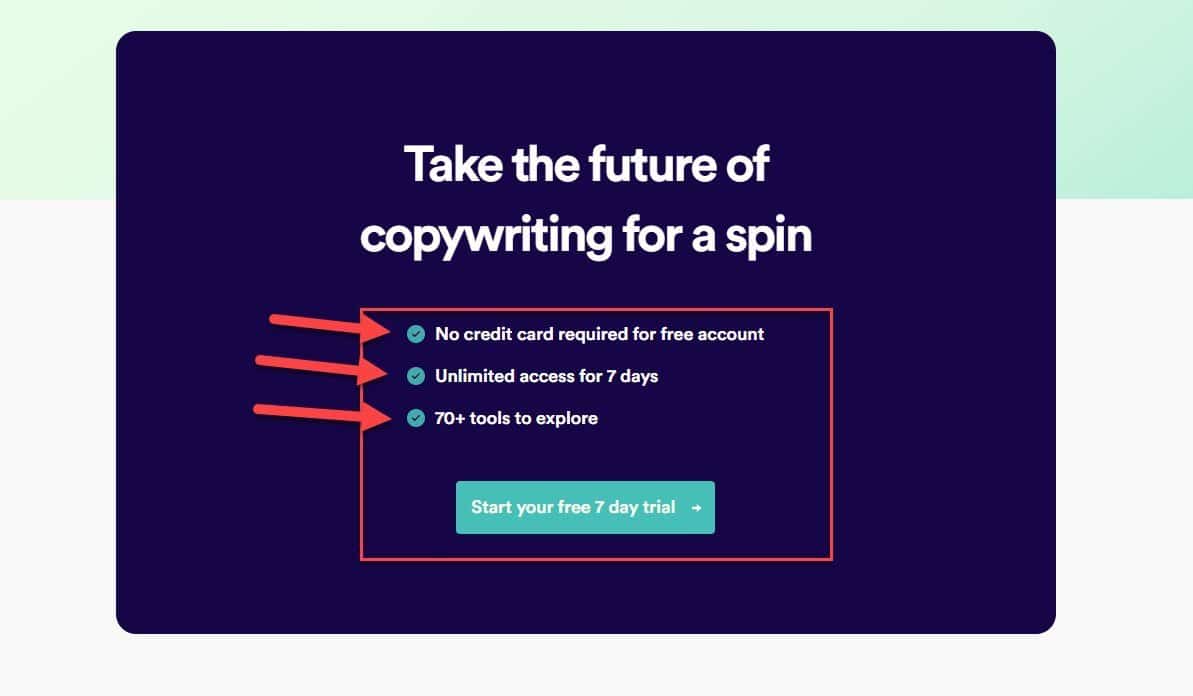
Image Source: Twitter
This is exactly what it sounds like – a CTA that assures users that there’s “No Risk” in taking the next step. This could be making a purchase, signing up for a service, downloading a resource, or any other action that might involve some level of commitment from the user.
The goal is to remove any potential barriers to taking action, like cost, commitment, or security. There are a few ways you can go about this:
- “Try It Today, Risk-Free”
- “Buy Now with Our 30-Day Money-Back Guarantee”
- “Secure Checkout”
- “Start Your Free Trial”
The key to an effective “No Risk” CTA is to understand what potential objections or risks your audience may have, and to address them directly in your message. When you reassure users that there’s no risk involved, they’re more likely to make a move.
11. Event Registration
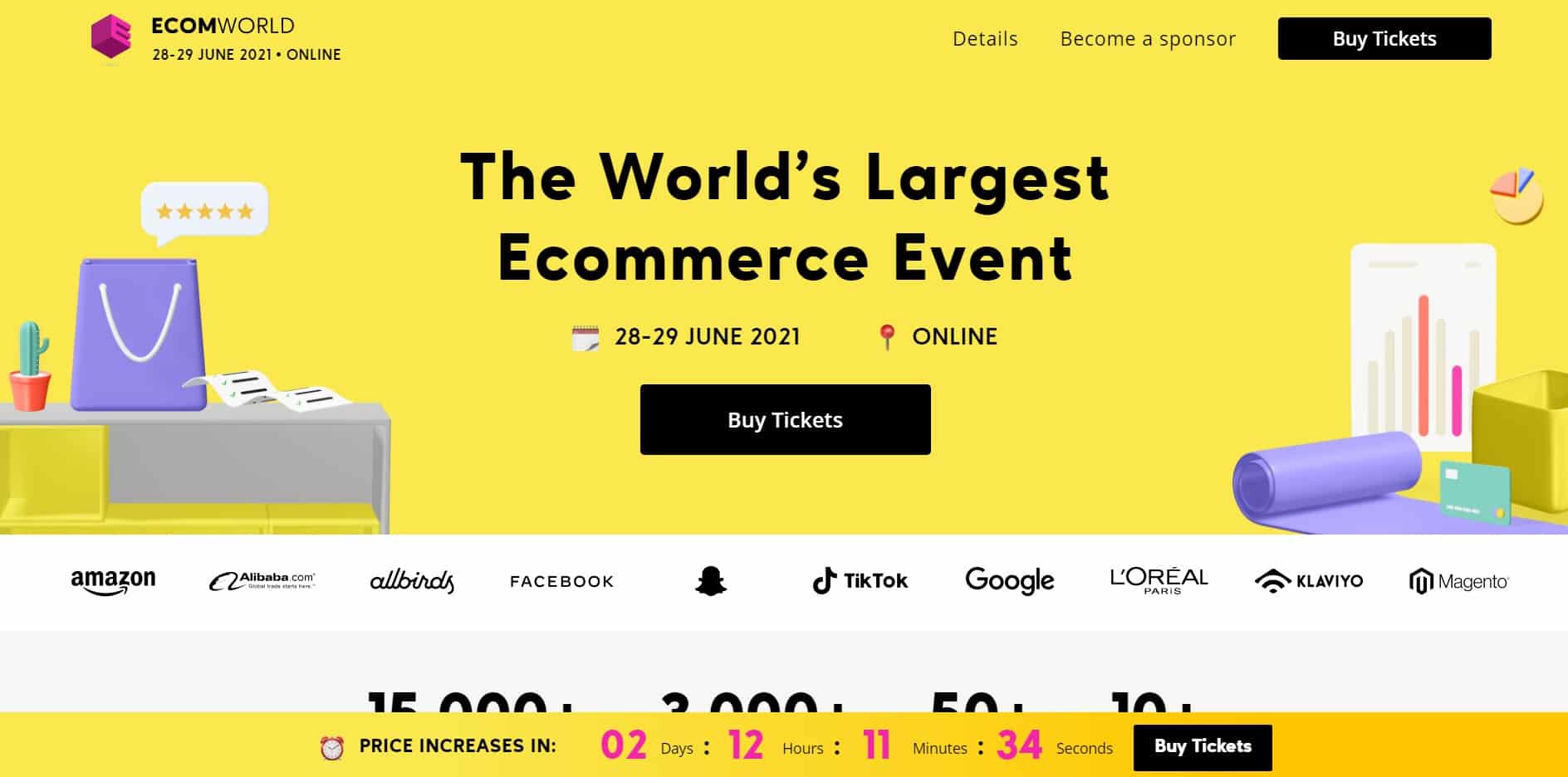
Image Source: AdEspresso
This type of CTA encourages users to sign up for an event. Whether it’s a webinar, conference, or training session, the goal is to get users to commit and share their contact information for future details and updates.
The “Event Registration” CTA is typically placed on the event page itself, and can be included in promotional emails or social media posts about the event. They should sound something like this:
- “Join Our Workshop”
- “Reserve Your Spot”
- “Book Your Ticket Now”
- “Register for Our Webinar Today”
Focus on clearly communicating the value that attendees will get, and make sure the registration process is as easy and quick as possible.
Ready to Start Driving Conversions?
With these 11 types of CTAs, you’re sure to capture more conversions. Remember to craft compelling CTAs that clearly communicate the value for users. Make it easy for them to take action, remove conversion barriers, and always provide exceptional customer service.
With the right blend of eye-catching design, strategic placement, and high quality content, you can pave the way for success.
Need to boost your high quality content arsenal? Get started today by checking out our weekly blog content service, or schedule a free consultation now to learn more!

